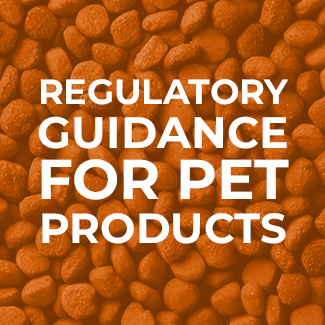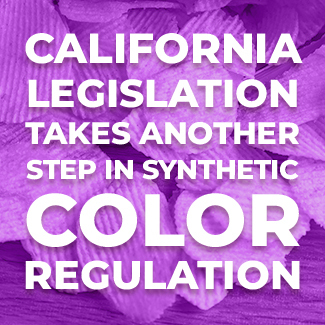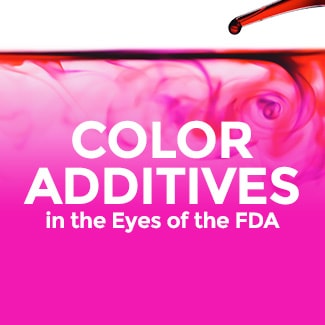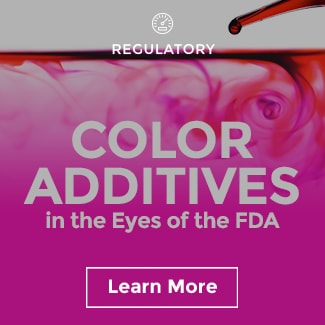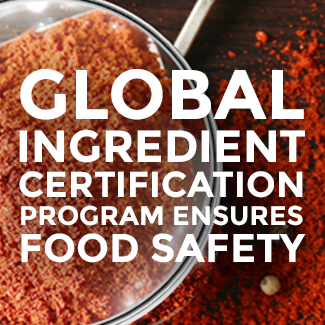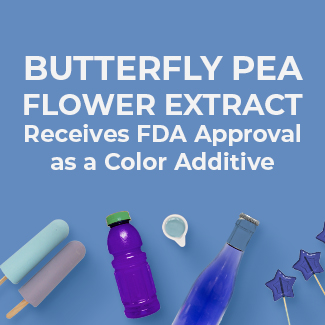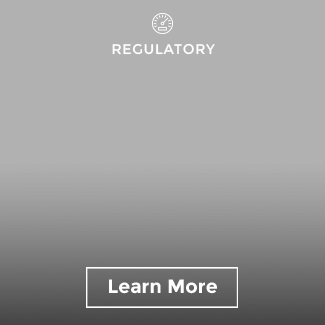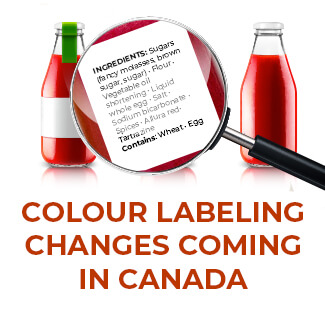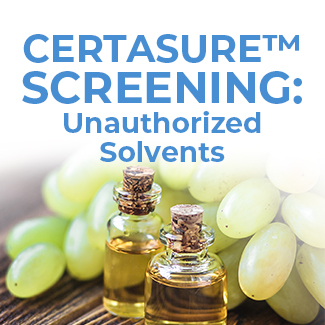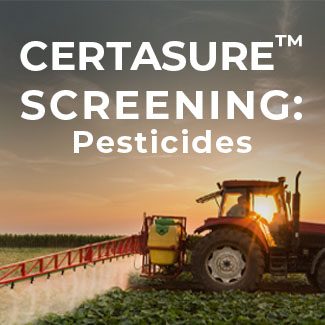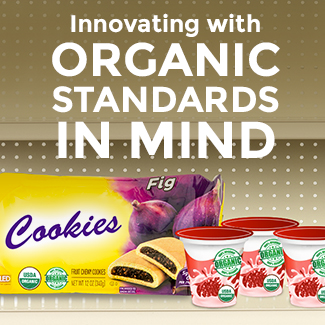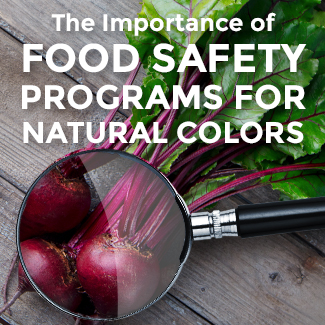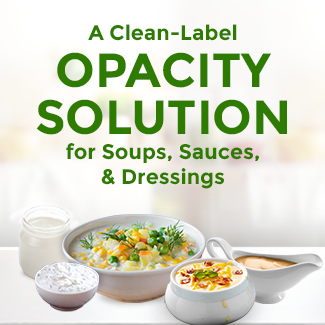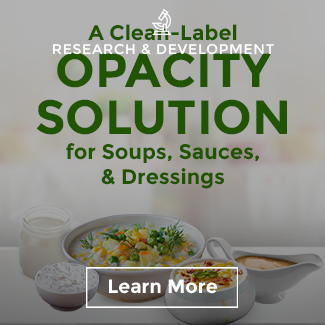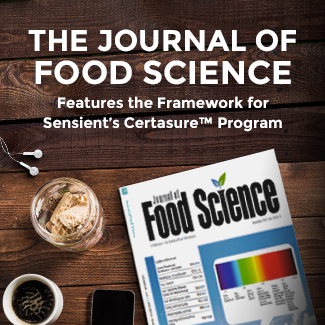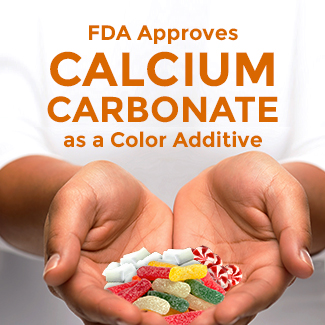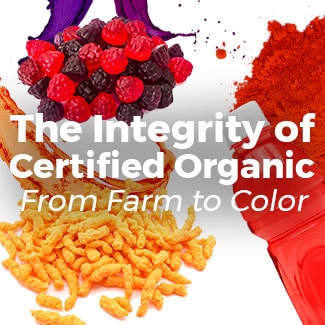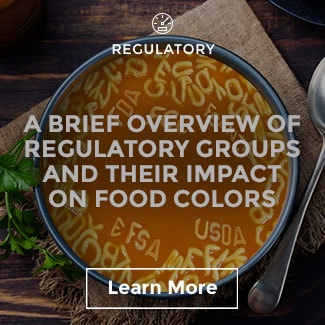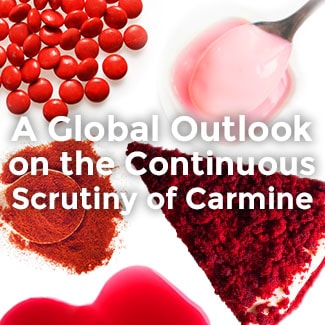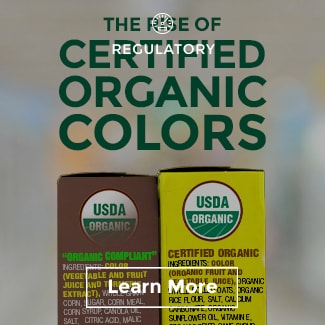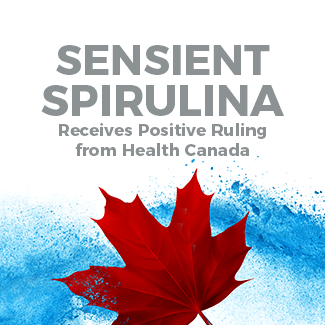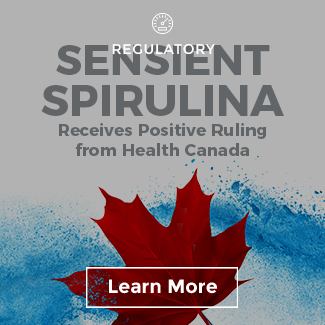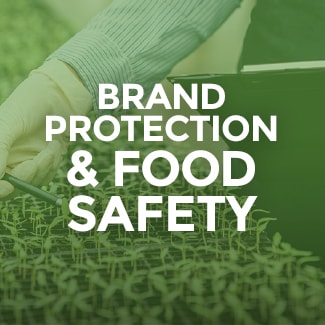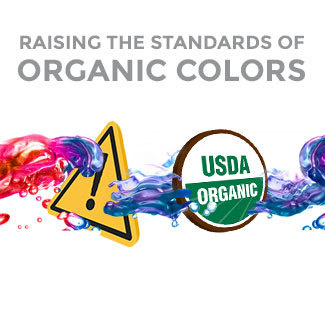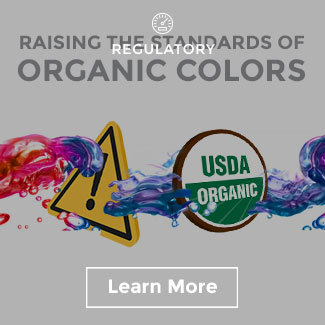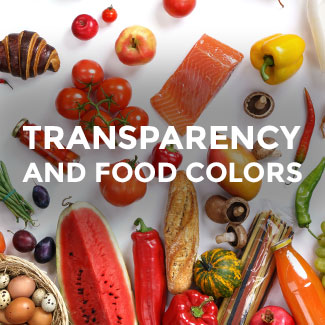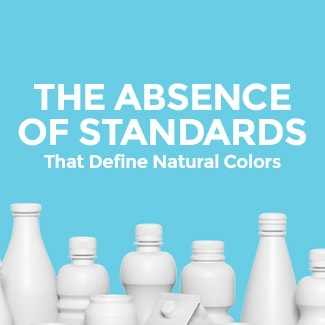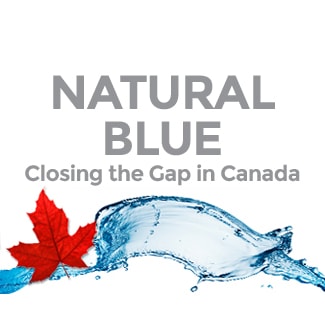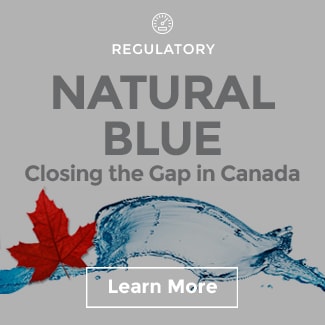Screening Natural Colors for Adulteration: Certasure™ Food Safety Program in Action
Food Safety Heightens to an All Time High
Although food safety in the United States has become strictly observed since the 2011 passage of the FDA Food Safety Modernization Act (FSMA), data from the Centers for Disease Control and Prevention (CDC) shows that over 48 million Americans get sick from foodborne illnesses each year.
According to a 2020 report published by the U.S. Public Interest Research Group (PIRG), increased transparency around recalls could help reduce the risk of foodborne illnesses. In order to promote this transparency at an ingredient level, Sensient’s Certasure™ program ensures all of our colors from natural sources and formulation with natural raw materials are safe and free of adulterated substances and other contaminates.
In fact, in early 2020, Sensient rejected a shipment of red cabbage due to adulteration. Through this screening process, we detected contamination of two lots of red cabbage with purple sweet potato. Analytical testing of the suspect lots compared with standard color sources indicated components not commonly found in red cabbage but typically characteristic of purple sweet potato. This shipment was rejected as contaminated and returned to the vendor, a perfect example of exactly why a robust food safety program like Certasure™ is needed.
This blog is part of an ongoing series sharing details about each of our robust screening processes.
Click one of the links below to find out more:
The Certasure™ Adulteration
Screening Process
Sensient’s adulteration screening process ensures all of our incoming natural raw materials are free-from contaminates like synthetic dyes or other additives that adulterate the product.
There is a zero-tolerance
policy for adulterants.
Our oversight on adulteration of natural materials is extremely vigilant, as Sensient is on the FDA’s notification list to be amongst the first to hear if an adulterant is flagged by a raw material vendor globally.
In our first screening blog, we discussed our use of HorizonScan, which is an important tool for us to stay up to date on current risk matrixes and remain aware of potentially relevant global environmental events that could impact food safety.
Two Ways Adulteration Occurs in Supply Chains
INTENTIONALLY
Adulteration may occur maliciously or for economic gain, whether to dilute a raw material so it can be “stretched” further or to increase its weight or volume to inflate pricing.
Check out this video to see an example of how we helped a leading beverage brand identify a case of intentional adulteration.
UNINTENTIONALLY
It would be much more likely for adulteration to occur by accident. Natural raw materials absorb things indiscriminately from the air, water, and soil around them. If the groundwater or soil in a field has been contaminated, that will get into the crop. This issue can be further exacerbated by the concentration process that many crops go through in order to extract the natural color.

In teaching farmers about potential situations resulting in accidental adulteration, we highlight the three scenarios:
Using the same equipment for harvesting multiple crops:
If the same equipment is used to harvest first beets and then black carrots, without proper attention and cleaning, color from the first crop could contaminate the second.
Spraying pesticides in a nearby field:
The wind may carry pesticides through the air across multiple fields, contaminating a color crop unintentionally.
Storing or transporting crops in facilities where they may mix:
If two grain-based crops are stored in close proximity, for example in an open warehouse, air currents might stir up lightweight particles from one and contaminate the other.
Action Plan for the Presence of Adulteration
As with all failures of any stage of the Certasure screening process, Sensient rejects and returns the raw material to its respective vendor. We rarely fail a raw material due to adulteration, and we have never seen a vendor knowingly adulterate one of our incoming raw materials. We do see cross-contamination of pesticides and other environmental factors.
incoming raw materials. We do see cross-contamination of pesticides and other environmental factors.
However, we remain alert and cautious. Even vendors with a spotless record are screened with rigor to ensure that we never miss an instance of adulteration or contamination.
Our Certasure™ Promise to You
When you receive a natural color shipment from Sensient, you’ll see the Certasure™ shield on each product container — this is representative of our promise and guarantee of purity. You can rest assured that Sensient’s natural colors will never contribute to a recall or a consumer’s foodborne illness, thanks to the robust Certasure™ screening protocols in place.
Our vision for the food industry is that all ingredient suppliers like natural color providers will test all botanical raw materials as rigorously as we do, for not only the protection of your brand but also for the safety of your consumers’ health. Sensient encourages our customers to always inquire about the implemented food safety protocols of all of their suppliers.
If you have any questions about the safety of your natural colors, please feel free to reach out and schedule a consultation with one of our quality and regulatory experts.
If you’re ready to formulate with natural colors that make you confident, request a sample today!








